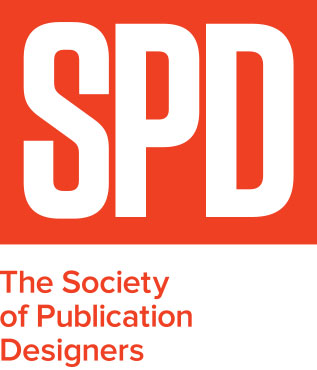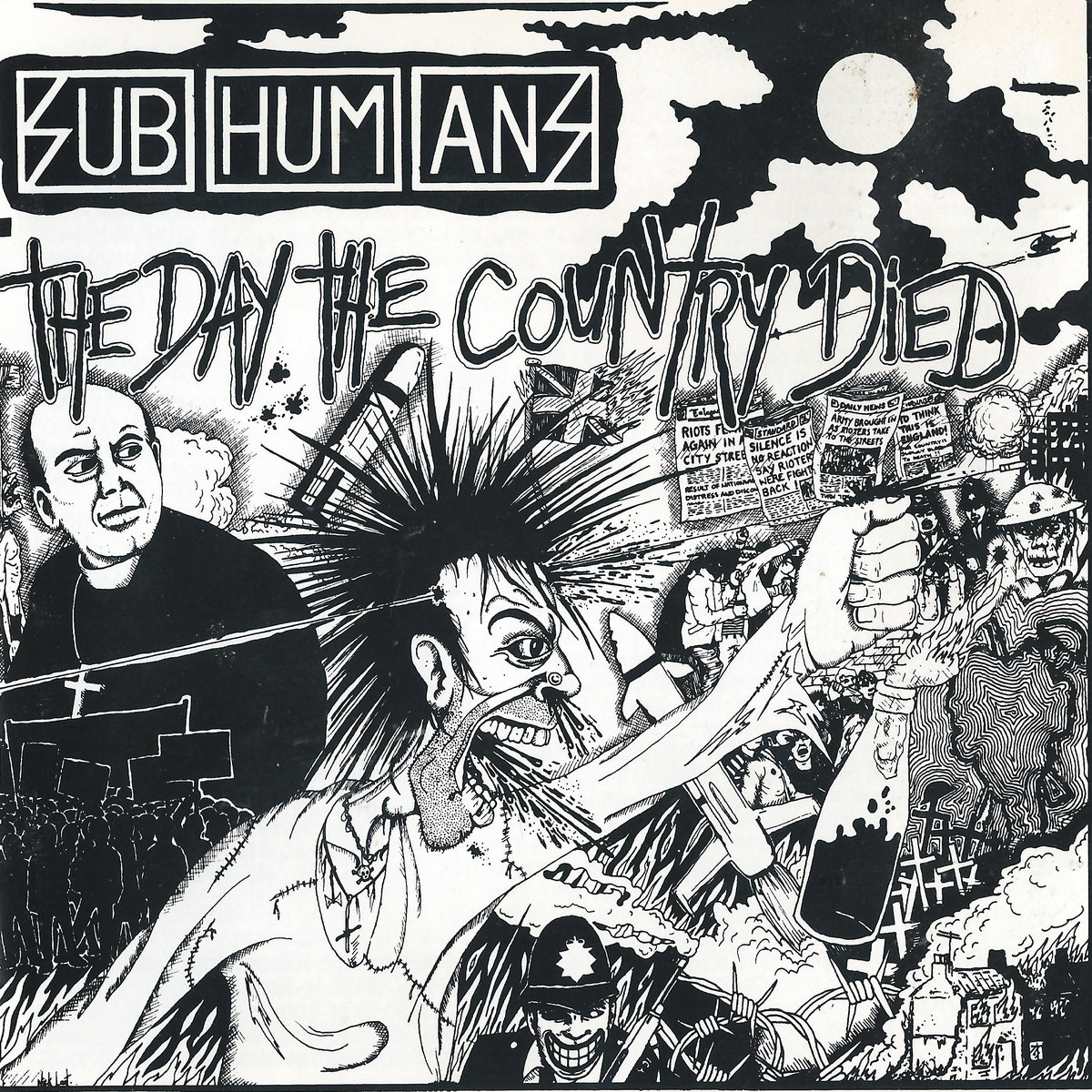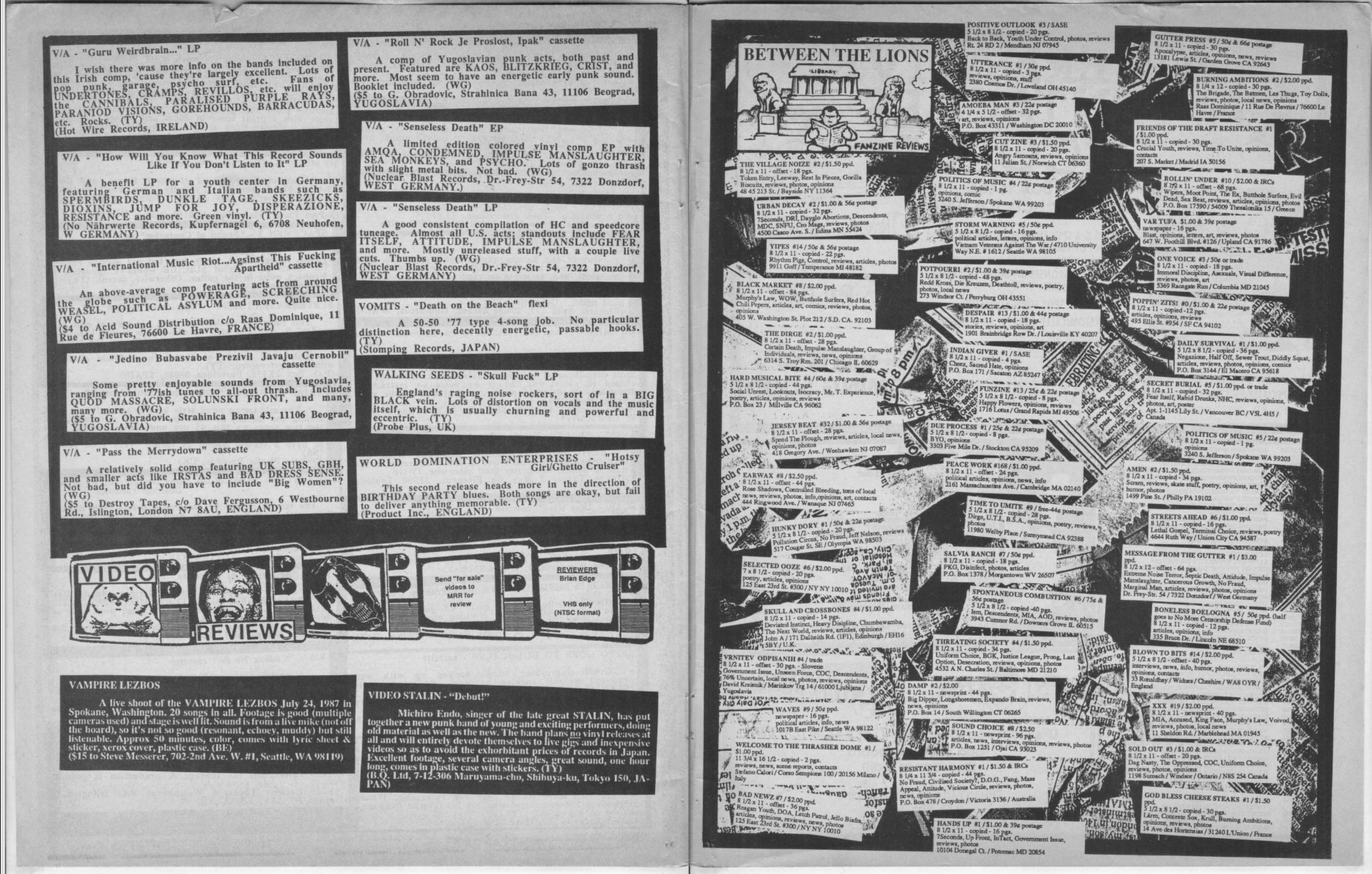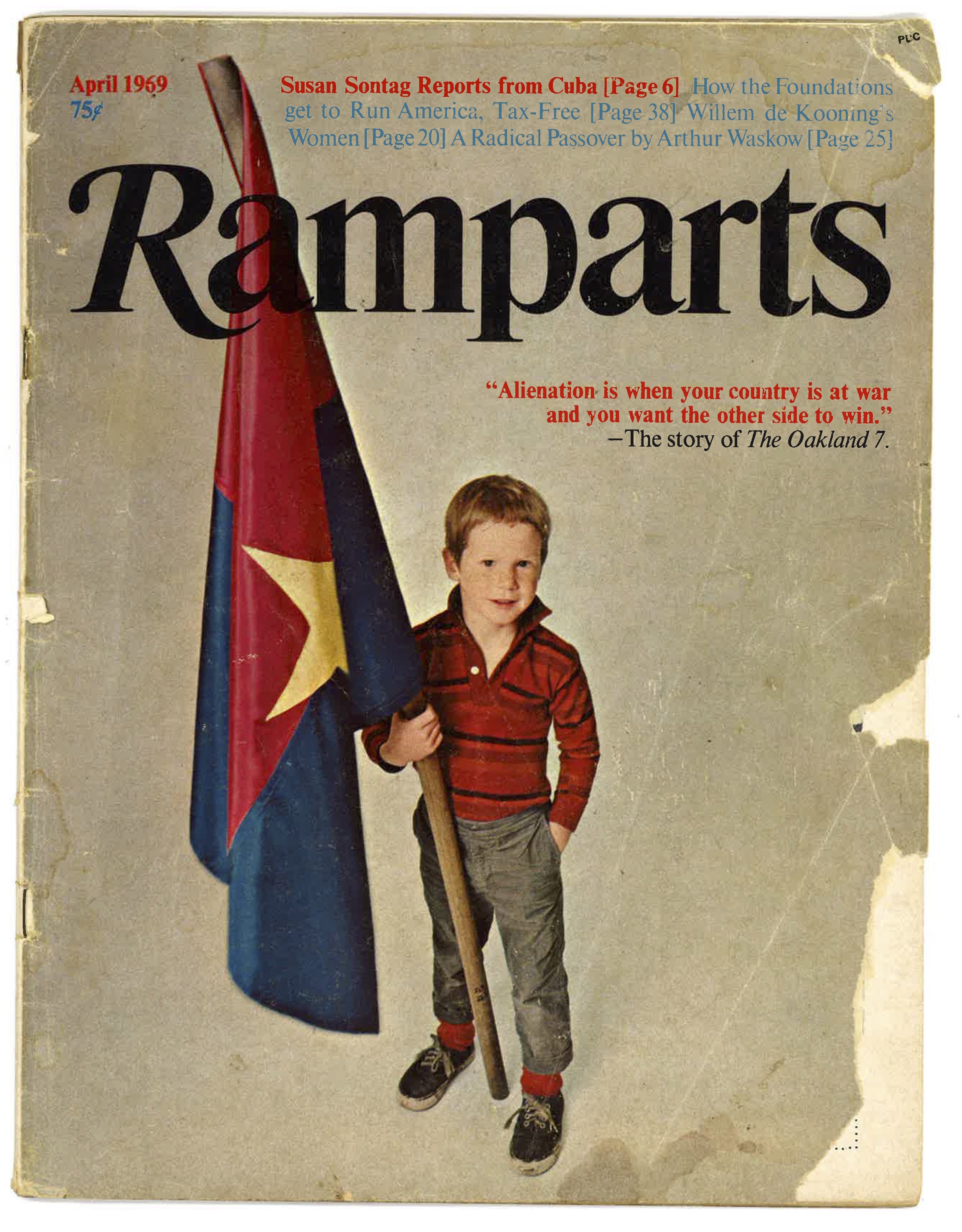Noah Fecks, Photographer
/SPD: What year?
Noah Fecks: January 1991
SPD: What were you up to?
NF: I’m a very pudgy awkward gay kid in 11th grade. I’m obsessed with photography, and as much as I love art and experimental photography, i’m obsessed with the concepts of strobe, lighting and making “professional” type images.
SPD: What magazine?
NF: It’s gonna come as NO surprise here, but of course, it was GOURMET magazine…
SPD: What was it that so enthralled you?
NF: I never knew before this that food could be presented “artfully."
Before this all I knew was my mother’s Betty Crocker and Ladies’ Home Journal cookbooks from the 60’s and 70s.
The food imagery in those were so dated and just seemed corny and ridiculous to me then.
Here was the 50th anniversay issue of Gourmet that had (to me at that time) all the luster, glamour and high fashion of a Claude Montana shoulder padded pant suit!!!!
It had a gallery of past covers that I literally could not get enough of.
It began my quest to start getting my paws on as many issues of the magazine I could get my hands on to pour over all the images.
SPD: Do you know now who the creatives were?
NF: At this time the EIC was the venerable Jane Montant. Jane began at Gourmet way way way back in 1953 and rose to the top position after the death of founder Earle MacAusland in 1980. She remained editor until 1991 when she was replaced by the legendary Gail Zweigenthal (both of whom were previous to the quite famous Ruth Reichl). Also at this time, the majority of the photography was created by Romulo Yanes (under Art Director Irwin Glusker), who remains an in demand and popular food and dining photographer to the present day.
SPD: How does that inform your creative now?
NF: The big impact was that Gourmet showed me that it COULD be done. Food could be exciting, vibrant, and MODERN. The spark that got lit then is still there for me; since then I’m always trying to push myself to say “is this modern?” or “is this THE FUTURE…?”
I remind myself to make images that I want to see in the world, and to literally do my best to shape the future.










































